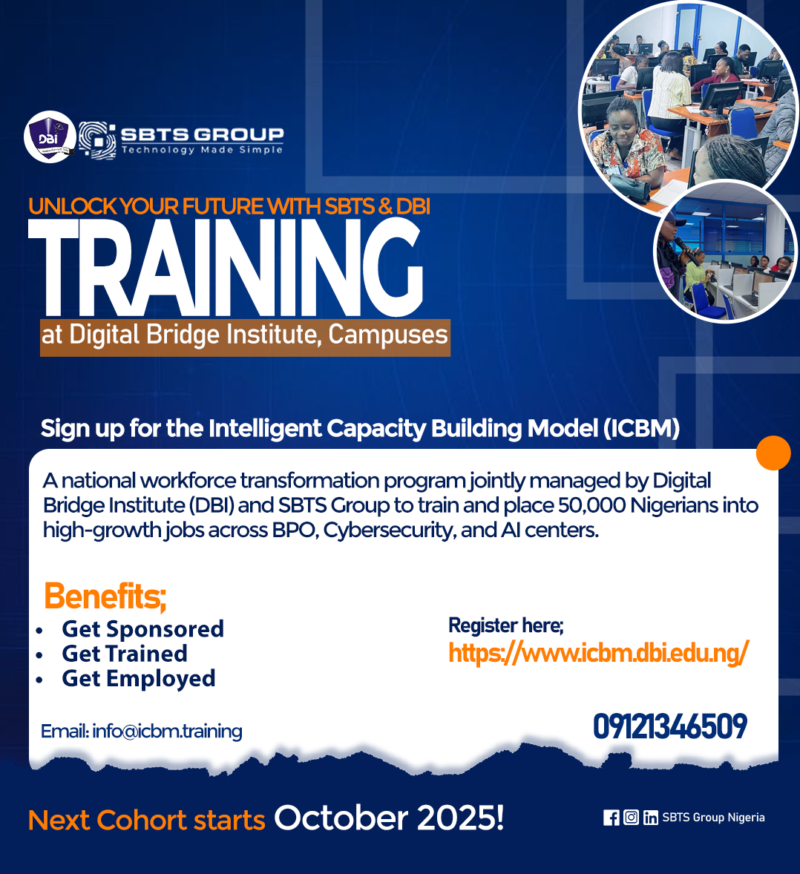Companies are in a race to achieve new digital capabilities as ongoing economic disruption and a changing business landscape drive the need for rapid innovation. African organisations are accelerating their adoption of cloud solutions to drive greater efficiency, scale into new markets, and meet changing customer demands.
Gartner predicts that worldwide spending on public cloud services will grow 20.7% to reach $591.8-billion in 2023, outpacing the 18.8% growth forecast for 2022.
RELATED: SAP, PwC partnership driving digital transformation and cloud success in West Africa
However, says Cameron Beveridge, Regional Director for Southern Africa at SAP, moving to cloud environments requires effective change management to ensure digital transformation initiatives reach their objectives. “There is palpable excitement around cloud services in African markets, but there are still questions around how to effectively migrate and how to orchestrate multiple cloud solutions once the migration is complete. And while it’s true that one of the main benefits of cloud services is the ability to fail quickly without incurring huge cost or time overruns, you really don’t want your cloud initiative to fail due to poor change management.”
Studies have highlighted the importance of effective change management to the success of digital transformation initiatives. McKinsey data indicates that less than a third of digital transformation initiatives succeed worldwide. This is partly due to poor change management, of which barely a third (34%) are clear successes.
Methodology, Partners reduce perils of Cloud Migrations
Brent Flint, Head of Enterprise Applications at Dimension Data, believes part of the answer to effective change management during cloud transformation projects rests on an effective methodology. “Migrating core business processes from on-premise environments to the cloud requires a proven methodology to accelerate the transition and reduce associated risks. A repeatable methodology that incorporates automation to ensure aspects such as data integrity, for example, can ease data migration and speed up the time-to-value.”

SAP introduced RISE with SAP in 2021 to help companies get started with SAP cloud solutions, accelerate cloud adoption, and simplify the process of shifting core business processes to cloud environments. “Companies undertaking digital transformation initiatives that could benefit from RISE need to ensure their implementation partners are accredited and have the skills capacity to support the project throughout,” explains Flint.
Beveridge adds that companies that successfully leverage the insight, skills and experience of partner organisations can reduce risk and enhance the impact and business outcomes of their transformation efforts. “Companies are realising that cloud adoption is not a once-off event: it requires near-continuous refinement and evolution to deliver business value. This makes the role of expert partners, who have developed experience with specific use cases of cloud technologies and can guide organisations in their adoption of cloud solutions, critical to their success.”
Keys to cloud success
Understanding how and where the journey to the cloud should start remains among the biggest obstacles to the digital transformation efforts of African organisations.
Lauren Wortmann, Vice President: Applications at Dimension Data, says there’s still some resistance to the cloud among organisations limiting the success of cloud transformation projects. “Cloud adoption is a business-critical activity, but the optimal starting point is not always clear. Many organisations and their IT teams also acknowledge that the shift to cloud is coming, but there’s internal resistance due to fear about how it will affect the business and existing IT skills.”
Arguably the most important factor when developing a cloud strategy is defining a clear business case for cloud adoption. “Cloud is not just about cost efficiency,” says Wortmann. “It’s about modernising the business and its core processes, unlocking new opportunities, enhancing capabilities and achieving broader digital transformation. For this to be successful, there needs to be massive buy-in from the business at every layer, from the boardroom to the IT department and every end-user.”
The era of large on-premise deployments was typified by big winners and big losers, but the new era of cloud has changed the dynamic entirely. Flint explains: “In the old days, if you defined the scope of the project correctly upfront and quoted accurately, you could deliver a successful implementation that delivered new capabilities and was profitable to the technology provider and their implementation partner. The era of cloud requires a change of mindset. Today, tech vendors and partner organisations need to strive for near-continuous innovation, with KPIs around unlocking additional business value from existing technologies built into managed services contracts. It puts the onus on partners to unlock features and benefits from software, with the goal of ongoing value generation.”
Wortmann adds that companies should be smart when choosing how they start their cloud journey. “Aspects such as Human Capital Management are perfect starting points for cloud adoption, with solutions like SAP SuccessFactors offering a high-value, low-risk way to test how cloud migration plays out in the organisation. Larger, more critical business processes such as core finance, sales and logistics carry high degrees of risk due to fears of disruption and business continuity in the event of downtime.”
Flint believes one of the keys to successful cloud adoption is simplification. “Organisations should work with their partners to understand their application landscape and identify opportunities for simplification. Reducing customisation can also keep things simple while driving costs down. Partners need to avoid customisation to limit technical debt and achieve quicker time to value. Adopting best-practice standards for core business processes opens the door to incremental innovation which can suit cloud-first companies better.”
Beveridge says this requires a change in mindset to how digital transformation initiatives are approached, both by customers and partners. “The most successful tech partners will be the ones that develop strong commercial models that meet customers’ expectations of what value digital transformation projects should deliver. However, there’s no blueprint for how this should work. Organisations should work closely with tech providers and implementation partners to develop strong business use cases and change management programmes to ensure each initiative delivers business value and unlocks new capabilities, efficiencies and opportunities for growth.”






























